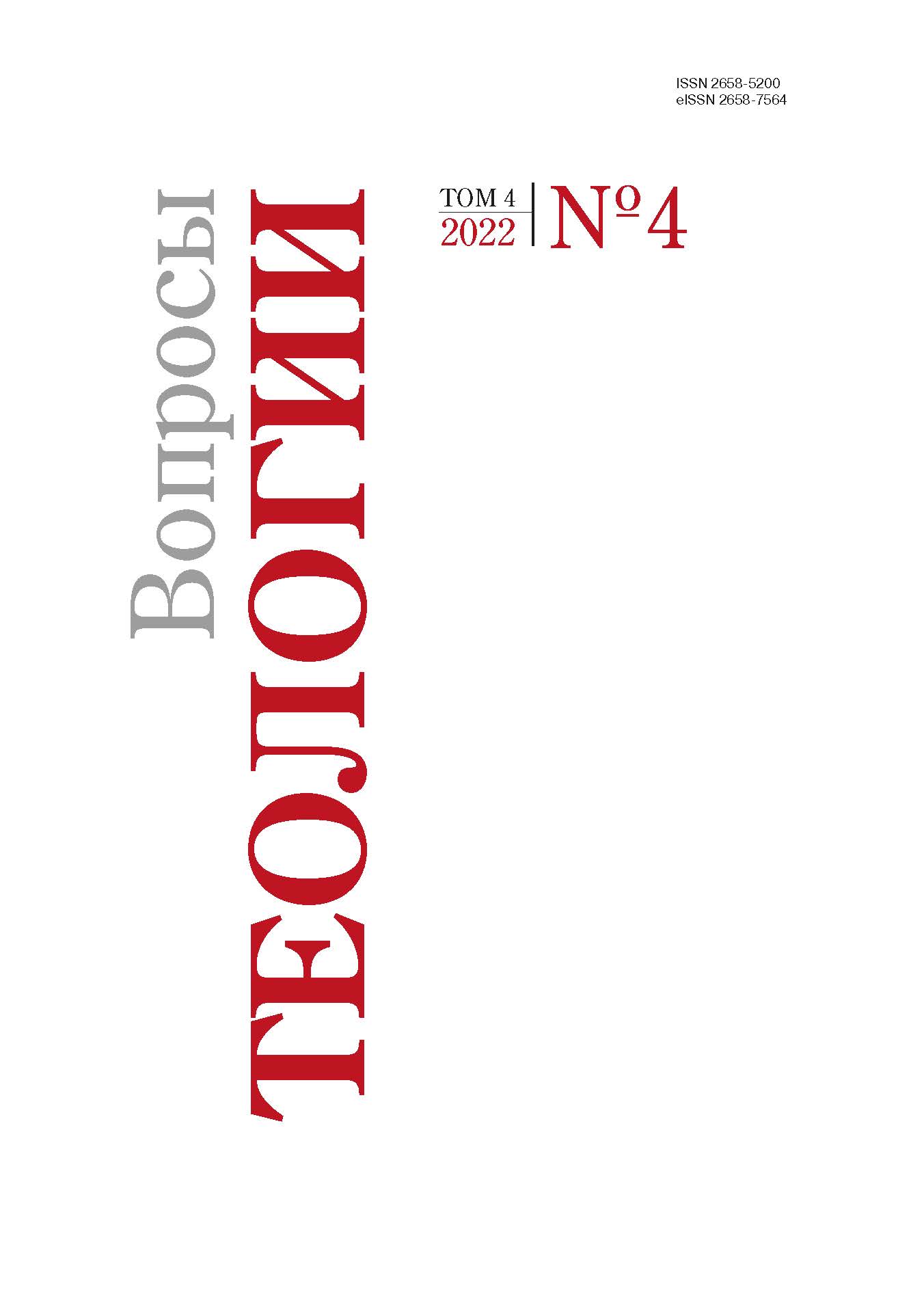The doctrine of kenosis as the basis of Buddhist-Christian dialogue in the works of the philosophers of the Kyoto school
DOI:
https://doi.org/10.21638/spbu28.2022.407Abstract
The article is devoted to the consideration of one of the episodes of the Buddhist-Christian dialogue, which was actively held in the last decades of the 20th century. The immediate cause of the discussion was the work of the Japanese thinker Abe Masao (1915–2006) “Kenotic God and Dynamic Sunyata”, where Abe compared the Buddhist concept of emptiness and the Christian idea of kenosis, “the self-emptying of God”. Abe Masao was one of the representatives of the Kyoto School of Philosophy, which existed in Japan since the beginning of the 20th century, and the idea of comparing the concepts of emptiness and kenosis was also considered by other members of this philosophical community. The philosophers of the Kyoto School developed methods of interpreting kenosis using the paradoxical Mahayana logic of “simultaneous identification and differentiation” (soku-hi). This logic can be described by the formulas: “A is not A, and therefore A” or “A is if and only if A is not A”. The first paradoxical logic of soku-hi was formulated by D. T. Suzuki (1870–1966). Nishida Kitaro (1870–1945), the founder of the Kyoto School of Philosophy, and his followers used this idea in comparative studies of the basic concepts of Buddhism and Christianity. In conclusion, one of the ways of perception of Christianity by Japanese thinkers through the prism of Buddhist philosophical approaches is shown.
Keywords:
interreligious dialogue, kenosis, soku-hi logic, Kyoto school of philosophy, pure experience, non-duality in mahayana Buddhism, logic of the place
Downloads
References
References
Downloads
Published
Issue
Section
License
Articles of "Issues of Theology" are open access distributed under the terms of the License Agreement with Saint Petersburg State University, which permits to the authors unrestricted distribution and self-archiving free of charge.




